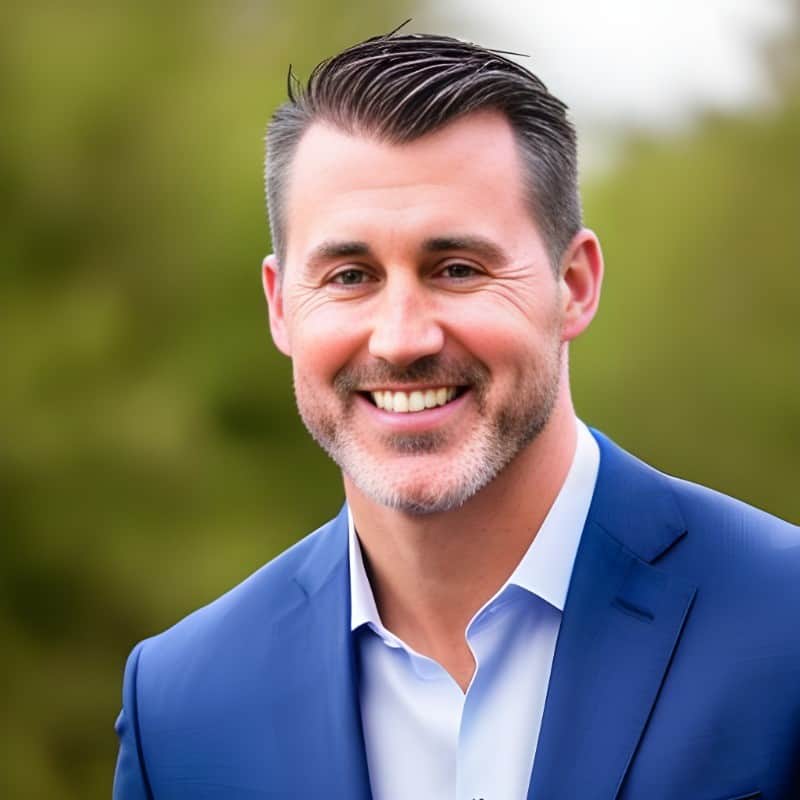EXCLUSIVE: The future of assistive technology

At the core of all assistive technology, the most important product design elements should alleviate difficulty and promote independence for those who need it most. Recent innovations over the past six months have opened up new possibilities for significant progress in accessibility, but major hurdles still remain.
As a business leader within the industry, I’ve noticed three significant trends that will dominate the field over the next several years and turn innovation into functional solutions for disabled individuals.
Continued explosion of AI-powered devices
The introduction of artificial intelligence (AI) and natural language processing models has opened the door for new possibilities for people with disabilities, enabling progress toward new levels of independence. ChatGPT-powered accessible websites, stair-climbing wheelchairs, computerised makeup devices for those with low motor skills, and AI-powered prosthetics are all impressive innovations that have the power to significantly impact those with disabilities over the coming decade.
However, as AI technology rapidly develops, companies will have to put additional effort into ensuring these exciting innovations deliver the best possible experience for their user base. Direct user input during any research and development phase is absolutely critical to creating a product that actually helps a user expand what they can do. Cost-effectiveness, access, and ease of use are all determining factors in the longevity of these innovative companies and their effect for those who need it. To flourish, these innovations will have to showcase true accessibility.
Communication between medical professionals, brands, and patients
After the rapid adoption of telehealth platforms in 2020, medical companies and healthcare providers worldwide proved to their patients and users that they can connect, regardless of location. While virtual meetings have become a key component for many medical professionals and their patients, there is still a lot of work to be done to further that communication between patients, their providers, and the assistive technology brands that support them.
The eSight team has learned that the only way to create a better experience for the user is to create a holistic support network. Whether it be through medical resources, consumer products, or technology in general, the goal for accessible tech is to create the best experience possible for the patients.
Dedicating time and energy to provide open collaboration with medical researchers and professionals, and offering multiple options for virtual, in-person, and hybrid touchpoints with our users create a greater, more holistic experience for those seeking help. A direct-to-consumer model can be helpful for some with limited access to an in-person specialist, but being able to offer the ability to connect with medical professionals can give a personalised and thorough evaluation for a patient. We believe that the incorporation of a healthcare provider will always improve the patient experience.
The more we work together with community partners, both technological innovators and medical professionals, the better insights we’ll gain into our patients’ needs and how to meet them. Over the next few years, we will see a significant shift in assistive technology brands working more closely with medical specialists to assist the right patients.
Community feedback and tech collaboration
As we’ve developed the latest iteration of our own assistive devices, we’ve leaned heavily on feedback from our users to create a more comfortable and powerful medical wearable, eSight Go. Since the release of the first iteration of our signature device in 2013, we’ve tested the weight distribution, portability, and fit throughout all points of the development. With user feedback, we can create a tool for people with low vision to use throughout their day with ease.
Major tech players like Apple have recently collaborated with community groups, working together to introduce integrated software elements to enhance their digital experiences. The company’s recent iOS software updates introduced Assistive Access, a new UI that allows nonspeaking individuals to type-to-speak during live calls, and Point to Speak, a magnifier that allows individuals with low vision to point towards text to read it out loud.
University of Illinois Urbana-Champaign’s Speech Accessibility Project is currently spearheading an initiative to work with individuals with neurological conditions and tech giants like Google, Microsoft, Meta, and more to improve speech recognition processes to better train their machine learning models. Over the coming years, major research partnerships will prove to be instrumental in creating better technology with the best solutions possible.
Market adoption: Making an innovation successful
Whether it is AI-powered prosthetics, vision-enhancing glasses, or assistive smart home technology, we’re just beginning to break the surface of the future of assistive technology. These continued advancements can and will significantly improve the quality of life for millions of people worldwide and redefine how professionals and innovators approach disability assistance.
Overall, patients’ accessibility to potentially life-changing innovations hinges on the ability of healthcare facilities and medical providers to administer these tools. As we witness technological progress across the industry, success will hinge on collaboration. By partnering with clinics, healthcare providers, and other organisations dedicated to expanding assistive technology, we create more options for people that need it most.

